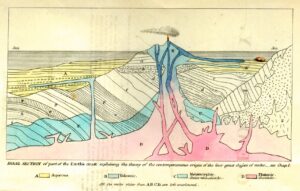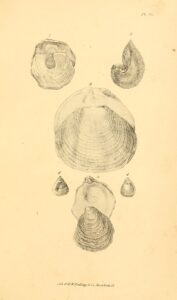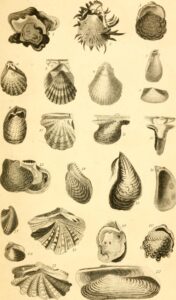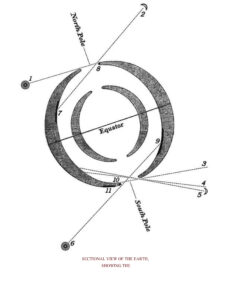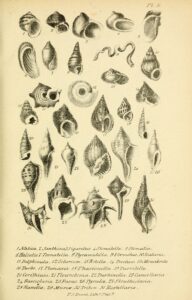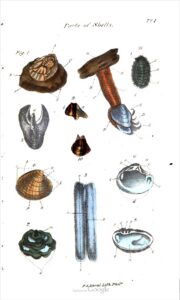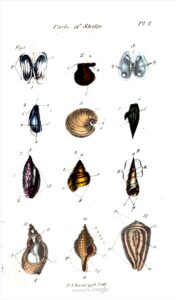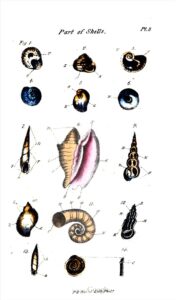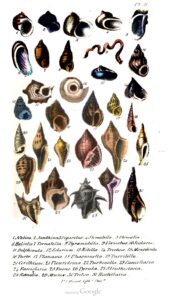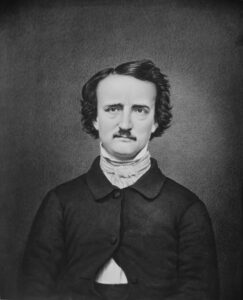Edgar Allan Poe: Pioneering Mollusk Scientist
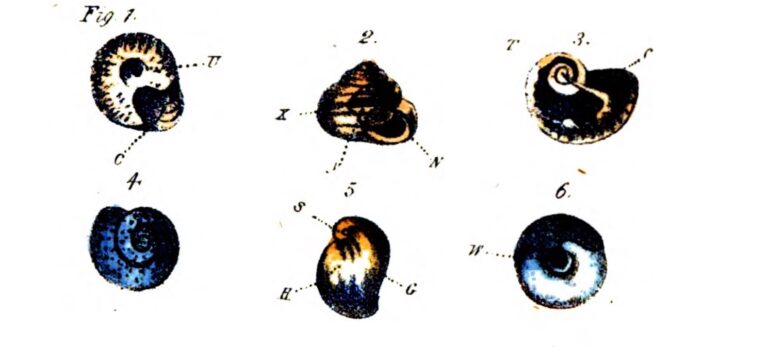
It is hard for us to imagine just how precarious and uncertain Edgar Allan Poe felt his future to be when, in 1838, the twenty-eight-year-old poet, writer, critic, and editor moved his family from New York to Philadelphia. The emerging nation was in financial crisis amid an enduring recession fueled by a failure of banks and crop harvests that culminated in the “Panic of 1837.” Tensions were rising in a country whose growth increasingly depended on the evils of slavery and the “removal” of Native Americans from gold-rich (and plantation-ready) lands. The world of U.S. print culture, lacking any strong historical, legal, or cultural support for the profession of authorship, proved a chaotic space in which Poe was trying to build a fragile living based on credit, speculation, and debt. Only two years earlier, Poe had left behind the editorship of the influential Richmond Southern Literary Messenger, one of the few salaried jobs he would ever hold in his lifetime. There he had been fired for repeated episodes of drunkenness, a charge that would haunt him throughout his short lifetime. Fortunately for Poe, though, as he began to settle in with his family in their small Sixteenth Street house in Philadelphia, he was introduced to Thomas Wyatt, a Delaware schoolteacher who had recently published a large and successful textbook on conchology—the science and classification of shells.
